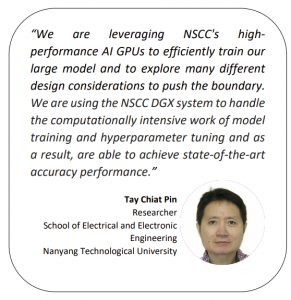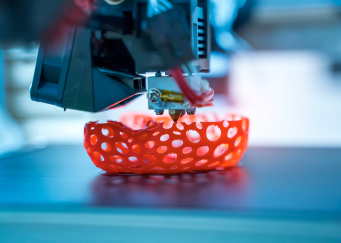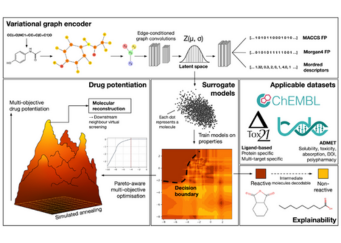Researchers at NTU are using HPC to design smart and autonomous cameras to aid in digital monitoring and crime prevention.
Video surveillance systems have been around for many decades and are installed all around the world. Such systems help monitor the targeted surroundings, alerts the authorities to incidents and act as a deterrent in helping prevent crime. These camera systems are also used by commercial owners to protect their assets.
 With the recent success in applying deep learning in image and video processing, the roles of surveillance cameras are evolving. Law enforcement can now leverage intelligent and automated surveillance systems to perform reliable image and video analysis in real-time and with minimal human intervention. Examples of such applications include digitally analysing the movements of suspected criminals and terrorists, identifying and locating a missing person and detecting suspicious or abnormal patterns or behaviour to prevent potential crimes. However, older surveillance systems are not equipped with such intelligent capabilities and continue to rely on manual operators to be involved in the time consuming process of monitoring and analysis, which is both expensive and inefficient.
With the recent success in applying deep learning in image and video processing, the roles of surveillance cameras are evolving. Law enforcement can now leverage intelligent and automated surveillance systems to perform reliable image and video analysis in real-time and with minimal human intervention. Examples of such applications include digitally analysing the movements of suspected criminals and terrorists, identifying and locating a missing person and detecting suspicious or abnormal patterns or behaviour to prevent potential crimes. However, older surveillance systems are not equipped with such intelligent capabilities and continue to rely on manual operators to be involved in the time consuming process of monitoring and analysis, which is both expensive and inefficient.
With advancements in machine visuals, and in recent years the rapid progress in the domain of computer visuals using deep learning, the demand for smart and autonomous cameras has risen sharply. These tasks can be largely managed by the person re-identification (re-ID) deep learning network with integrated facial and action recognition. To address this, a team of researchers at Nanyang Technological University (NTU) School of Electrical and Electronic Engineering are tapping onto NSCC’s supercomputing resources to conduct research into person re-identification computer visual tasks to track human movement for safety and security purposes. The top two priorities of their work are to design a strong deep learning model that overcomes occlusion, lighting variation, and similar appearance problems and to work towards the quick deployment of the model in the field via unsupervised learning.
To find out more about the NSCC’s HPC resources and how you can tap on them, please contact [email protected].
NSCC NewsBytes October 2021
Other Case Studies
Using Digital Twin Technology to Optimise the Industrial 3D Printing Process
Researchers from the Institute of High-Performance Computing (IHPC) are utilizing supercomputers to create a digital twin that furnishes users with comprehensive information...
Accelerating electric vehicles research through HPC
Researchers from A*STAR IHPC leverage supercomputing resources to improve the performance of lithium-ion battery technology With the ever-increasing demand in energy storage...
Advancing Drug Discovery Research using NSCC HPC resources
Researchers from Nanyang Technological University (NTU) are applying variational graph encoders as an effective generalist algorithm in computer-aided drug design (CADD)....


